How Virtual Try-On Technology Enhances Your Online Shopping Experience
Table of Contents
- What Is Virtual Try-On Technology?
- Main advantages VTO offers
- How Virtual Try-On Enhances Online Shopping Experience for Retailers
- So, How Will Virtual Reality Affect Shopping?
- What Are the Advantages of Online Shopping?
- Modelia’s virtual try on
- Final Thoughts on how virtual try-on enhances online shopping
Virtual Try-On (VTO) technology has emerged as a game-changer in redefining how consumers engage with products before purchase. By combining augmented reality (AR), machine learning and real-time data processing, VTO tools allow users to experience products more intimately, bringing a new level of personalization and confidence to internet shopping. Keep reading to learn how virtual try-on enhances online shopping.
From virtual makeup mirrors to smart fitting rooms, VTO is no longer a futuristic concept. It’s here, it’s powerful and it’s enhancing the online shopping journey for consumers and retailers alike.
What Is Virtual Try-On Technology?
Virtual Try-On technology enables users to see how a product would look on their body, face or environment without physical interaction. As it's name says, it is a virtual way to try on clothes, glasses, shoes, makeup, etc. Powered by artificial intelligence and AR, this tool maps facial features, body dimensions or spatial layouts using your camera or uploaded images. It then overlays products onto the live or static image in real time.
Retailers like Warby Parker, L’Oréal and IKEA use VTO to simulate glasses on faces, lipstick shades on lips, or even furniture placement in rooms. This significantly narrows the experiential gap between in-store and digital shopping.
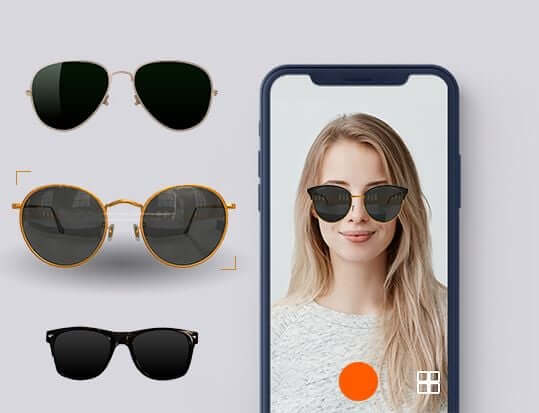
Main advantages VTO offers
1. Increases Confidence in Purchase Decisions
One of the most common frustrations with internet shopping is the inability to touch, feel or try on products before buying but virtual try-on technology bridges this sensory gap, allowing consumers to make decisions with greater certainty.
For example:
A user trying on foundation via an app can immediately see how a shade matches their skin tone in different lighting.
A shopper viewing a pair of shoes on their own feet through AR can determine fit, style, and proportions without stepping into a store.
This enhanced visual experience builds emotional assurance, reducing buyer hesitation, and directly influencing conversion rates. According to a Shopify AR study, 71% of consumers said they would shop more often if a brand offered AR try-ons.
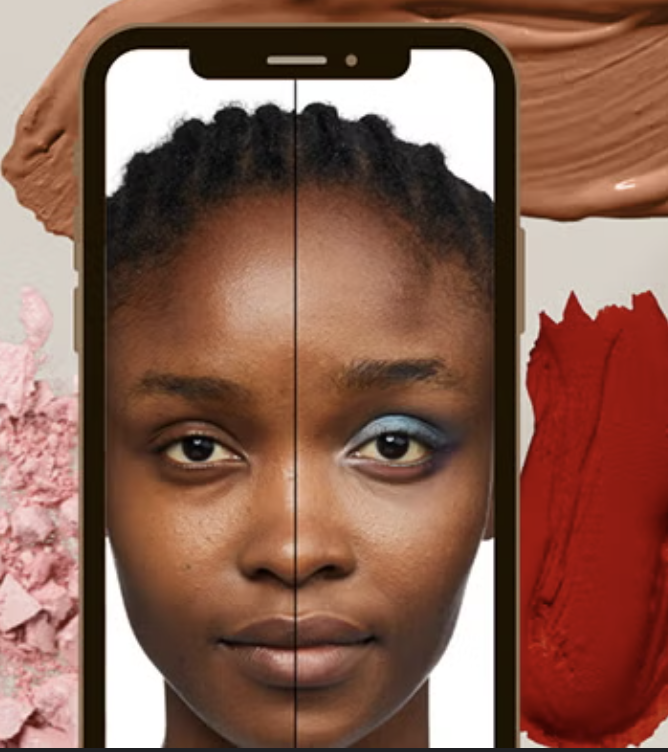
2. Reduces Return Rates and Improves Satisfaction
E-commerce brands face high return rates, particularly in fashion and beauty, largely due to expectations, wrong sizes, mismatched colors or misleading product representations lead to costly returns.
VTO allows a "see-before-you-buy" solution. It gives users a realistic idea of how a product will look and feel, helping them avoid mistakes and make smarter decisions.
Real-World Examples:
Zara’s virtual fitting rooms allow customers to try on clothes virtually by entering their height, weight, and body shape reducing return rates by over 30%.
Lenskart’s AR eyewear try-on helps users choose frames that suit their facial features, drastically cutting returns due to sizing or aesthetic issues.
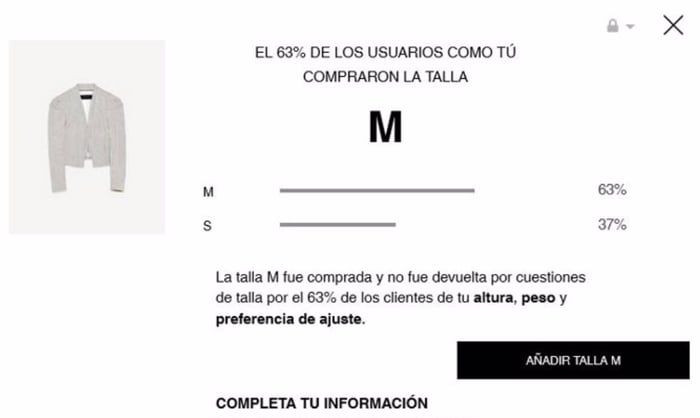
Reduced returns mean lower operational costs, higher profit margins, and less environmental waste, making this technology beneficial for both business and sustainability efforts.
3. Enhances Engagement and Personalization
Virtual try-on transforms shopping from a transactional activity into an interactive and enjoyable experience. It encourages consumers to engage more deeply with a product, spending more time on-site and developing a stronger connection with the brand. That's how virtual try-on enhances online shopping.
Interactive Features Include:
Color switching and style variation in real time
Face or body analysis to recommend ideal products
Gamified experiences (e.g., rewards for sharing VTO selfies)
Beyond fun, VTO offers powerful personalization. AI algorithms can learn from your try-on history, suggesting styles that match your taste or guiding you toward complementary items, creating a hyper-personalized journey from discovery to purchase.
4. Improves Accessibility and Inclusivity
It also plays a significant role in making e-commerce more inclusive and accessible. For shoppers with disabilities, limited mobility or those living in remote areas, visiting a physical store isn’t always possible. By enabling try-on experiences from any device, anywhere, VTO helps these users enjoy the same level of service and satisfaction as anyone else. Additionally, brands can offer models of varying body types, skin tones, and cultural aesthetics, giving users a better sense of how the product will look on people who resemble them.
This digital democratization of retail ensures that shopping isn’t just convenient, it’s equitable.
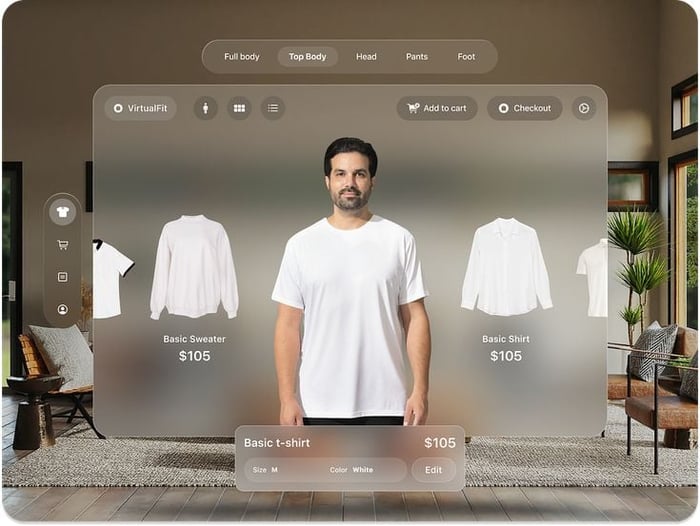
How Virtual Try-On Enhances Online Shopping Experience for Retailers
While the benefits to consumers are clear, retailers gain even more from adopting virtual try-on technology:
One of the most significant advantages of virtual try-on technology for businesses is the increase in conversion rates. When shoppers feel more confident in how a product looks or fits, whether it’s a pair of glasses, sneakers, or lipstick, they’re far more likely to complete their purchase. This confidence directly impacts sales and reduces cart abandonment.
In addition to boosting conversions, virtual try-on fosters stronger customer loyalty. Personalized, interactive shopping experiences make consumers feel more connected to the brand, increasing the probability that they will return for future purchases. Beyond immediate sales benefits, each virtual try-on session generates valuable data insights. Retailers can track preferences, behavior patterns, and product popularity, helping them fine-tune everything from marketing strategies to inventory planning.
Lastly, virtual try-on experiences are inherently engaging and often designed with social sharing features, encouraging users to post their try-on images or videos in social media. This creates organic exposure and word-of-mouth marketing, effectively transforming satisfied customers into brand ambassadors.
In a competitive market, offering a frictionless and futuristic shopping experience is no longer optional. it’s essential.
Luxury brands and major e-commerce players are increasingly embracing virtual try-on technology to elevate the digital shopping experience. Amazon, for example, has introduced AR-powered try-on for shoes and eyewear, allowing users to see how products look from multiple angles using their smartphone camera, enhancing convenience and reducing uncertainty. Meanwhile, Loewe, a luxury fashion house known for its design, has experimented with immersive online experiences such as augmented reality previews of handbags and accessories, blending newest tech with high-end fashion. These innovations reflect how both mainstream and luxury retailers are leveraging virtual try-on to combine exclusivity with digital accessibility, bringing their products closer to customers in visually rich, interactive ways.
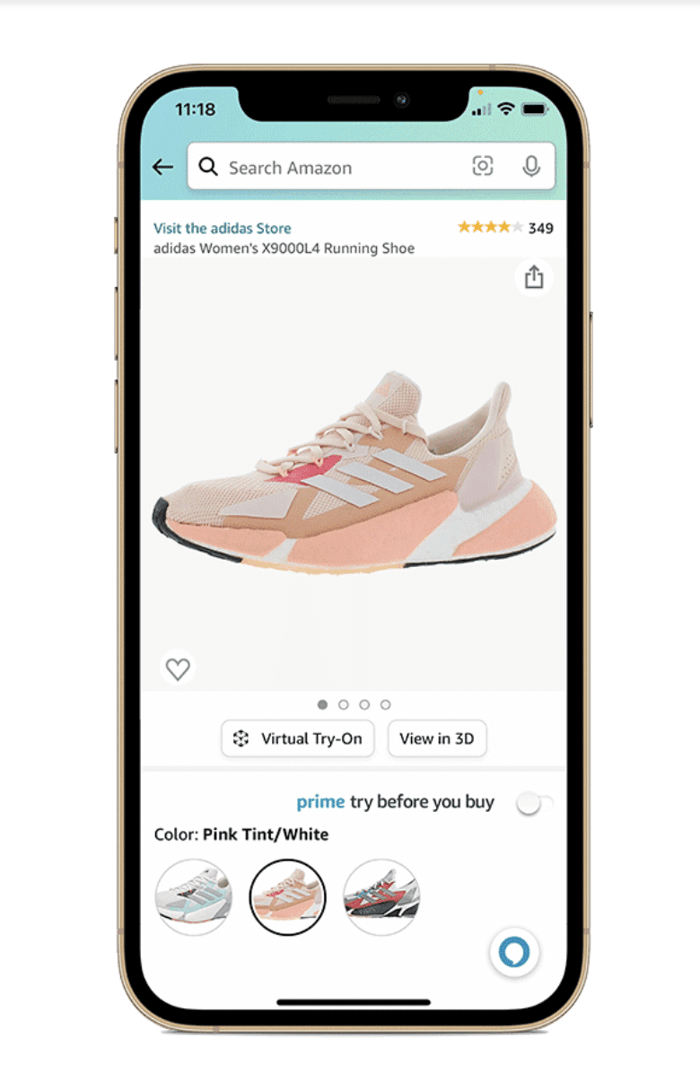
So, How Will Virtual Reality Affect Shopping?
Virtual reality is poised to revolutionize the shopping experience by making it more immersive, lifelike, and emotionally engaging. As this technology becomes more widespread, shoppers will no longer be limited to scrolling through product pages or watching demo videos. Instead, they’ll be able to step into fully realized virtual environments, digital replicas of real stores or entirely imaginative retail spaces where they can browse products, view them from all angles, and even interact with items as if they were physically present.
Shoppers will have the ability to try on clothes in 3D, observing the texture and movement of fabrics in response to body motion, creating an incredibly realistic simulation. Digital sales assistants, powered by AI, will offer real-time support and styling advice, making the virtual store feel just as helpful than a traditional one. Some brands are even beginning to host virtual fashion shows and live product demonstrations, seamlessly blending entertainment with e-commerce.

This evolution in digital shopping will dramatically raise customer expectations. It’s not just about convenience anymore, it’s about creating experiences that feel personal, engaging, and memorable. Industries like fashion, beauty, and home décor are already seeing early success with VR, and its influence will only grow from here.
What Are the Advantages of Online Shopping?
Online shopping offers a level of convenience that traditional retail simply can’t match. Shoppers can make purchases at any time of day, from anywhere in the world, without the need to commute, wait in lines, or adhere to store hours. This flexibility makes it easier to integrate shopping into busy lifestyles.
In addition to convenience, the sheer variety available online is unmatched. Consumers have access to an enormous range of products, sizes, and brands—often far beyond what local stores can offer. This extensive selection is complemented by the ability to compare prices and read reviews in real time, helping shoppers make informed decisions quickly and confidently.
Online shopping also saves time. What might take hours across multiple brick-and-mortar stores can now be accomplished in minutes with a few clicks. Furthermore, many online retailers offer exclusive deals, promotional discounts, and loyalty programs that aren’t available in physical locations, adding even more value to the digital shopping experience.
Modelia’s virtual try on
Modelia has taken virtual try-on technology to the next level by integrating AI rendering with real-time personalization. Modelia allows users to virtually try on clothing, and accessories with stunning accuracy. What sets Modelia apart is its ability to adapt to different lighting conditions, skin tones, and facial structures, delivering a seamless and natural looking experience. Whether for fashion retail or digital avatars, Modelia’s virtual try-on engine enhances user engagement and drastically reduces purchase uncertainty, making it a powerful tool for any eCommerce platform looking to personalize the shopping journey.
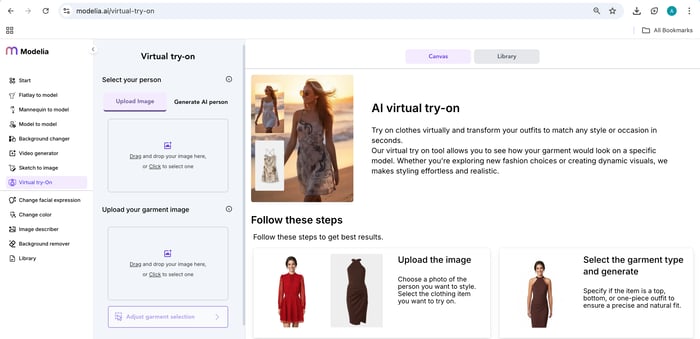
Final Thoughts on how virtual try-on enhances online shopping
So, how virtual try-on enhances online shopping isn’t just a technological innovation, it’s a complete reinvention of the online retail experience.
By eliminating doubt, empowering personalization, and enhancing accessibility, virtual try-on is setting a new standard for customer-centric e-commerce. As the technology becomes more affordable and widespread, its adoption will likely become a baseline expectation for digitally savvy shoppers.
Retailers who invest in this future technology today will not only satisfy their customers, they’ll set the pace for a more immersive, inclusive, and intelligent shopping world.
How would you rate this article:
Related Articles
- Top 5 AI Image Enhancers for Stunning Visual Enhancements
- The Ultimate Guide to Dressing for Your Body Shape: Find the Best Clothing Styles
- AR Magic Mirror: How Augmented Reality is Transforming Fashion Retail and Shopping Experiences
- How Digital Clothing Is Shaping the Future of Fashion
- How to Flip an Image in Seconds
- Shopify vs PrestaShop: A Complete Comparison for Sellers
- How Virtual Fitting Room Technology Is Changing Shopping
- Digital Fashion in the Metaverse: How Virtual Clothing is Shaping the Future of Online Style
- How an AI Personal Stylist Can Upgrade Your Wardrobe
- Best Vmake.ai alternatives you should check for 2025
